Overflowing with garbage
Ban Ve Hydropower Plant - the largest hydropower project in the Central region - is located on the Nam Non River, in the former Tuong Duong district, with a total reservoir capacity of about 1.8 billion m³. The immense lake stretching for dozens of kilometers is likened to a "sea lake" in the middle of the jungle, both producing electricity and regulating floods, providing water for daily life and production for the downstream area.
However, every rainy and stormy season, Ban Ve Lake has to bear a huge amount of garbage. In particular, storm No. 3 at the end of July caused a historic flood in the western region of Nghe An . The flood swept tens of thousands of cubic meters of garbage of all kinds into the lake. When the collection work had just begun, storms No. 5 and No. 6 hit again, continuing to push more garbage from upstream. It is worth mentioning that because the Nam Non River originates from Laos, in addition to the garbage from the streams along the lake, a large part of the garbage also comes from villages and fields across the border, flowing in with the raging flood.
.jpg)
One day in late August, we had a field trip to Ban Ve Hydropower Reservoir to record the state of waste after the storm. From the upstream dock right at the foot of Ban Ve Hydropower Dam, the small boat started upstream for more than 25 km. The further we went, the denser the garbage became, many sections covered the lake surface, turning the clear blue water into a carpet of tree branches, logs, and floating plastic bottles.
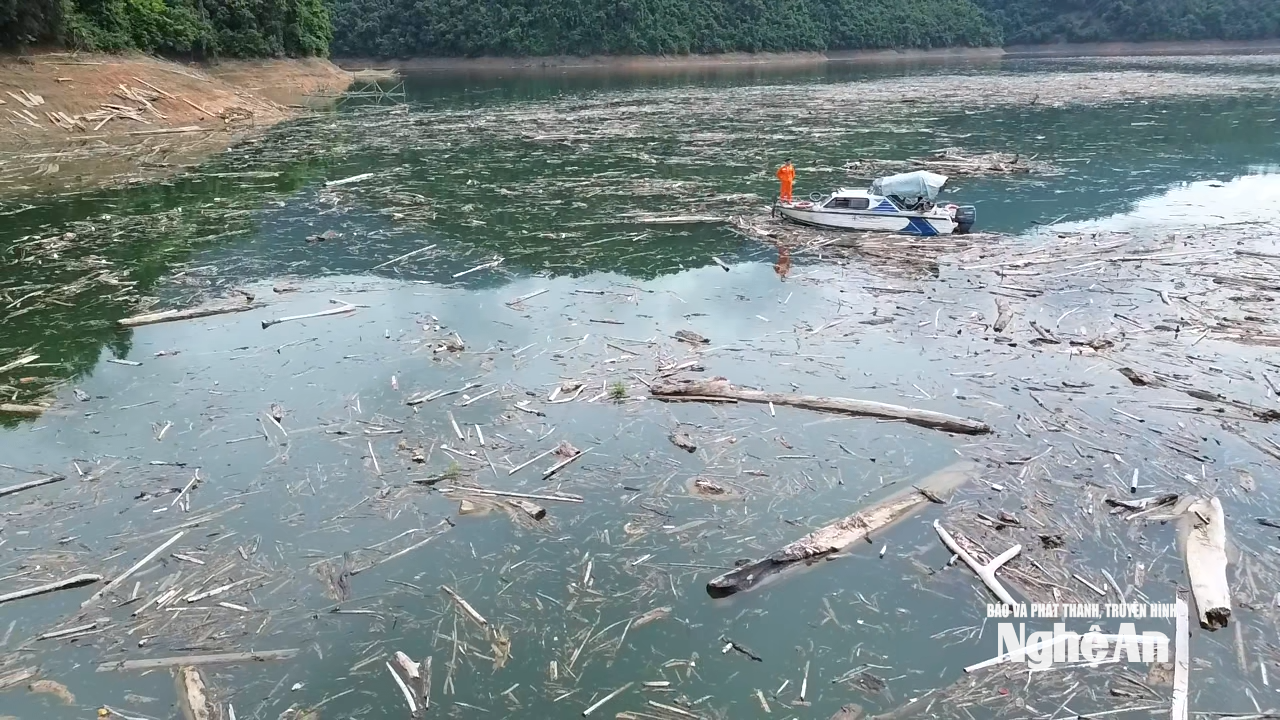
Mr. Vi Van Nhan, a worker at Ban Ve Hydropower Plant, was the one steering the boat that took us there. Mr. Nhan had to constantly keep an eye out, both to avoid hitting large logs and to deal with the constant trash getting stuck in the propeller blades. Occasionally, he had to turn off the engine, bend down at the stern of the boat, and remove pieces of trash that stuck to the propeller, slowing down the speed considerably. When we reached Huu Khuong, the amount of trash piled up so much that it formed a wall across the lake, preventing our boat from moving any further and forcing us to stop, then use a flycam to observe from above.
Through the flycam, we saw huge patches of garbage covering the lake surface. Sometimes, the garbage clumped together into "floating islands" in the middle of the lake, emitting a musty smell, drifting with the wind into small crevices and bays. "It looks like just a few tree branches, but sometimes a whole tree trunk tens of meters long is heavily soaked with water and is floating under the water. If the boat does not observe carefully, it will be very dangerous to collide with it" - Mr. Nhan said.
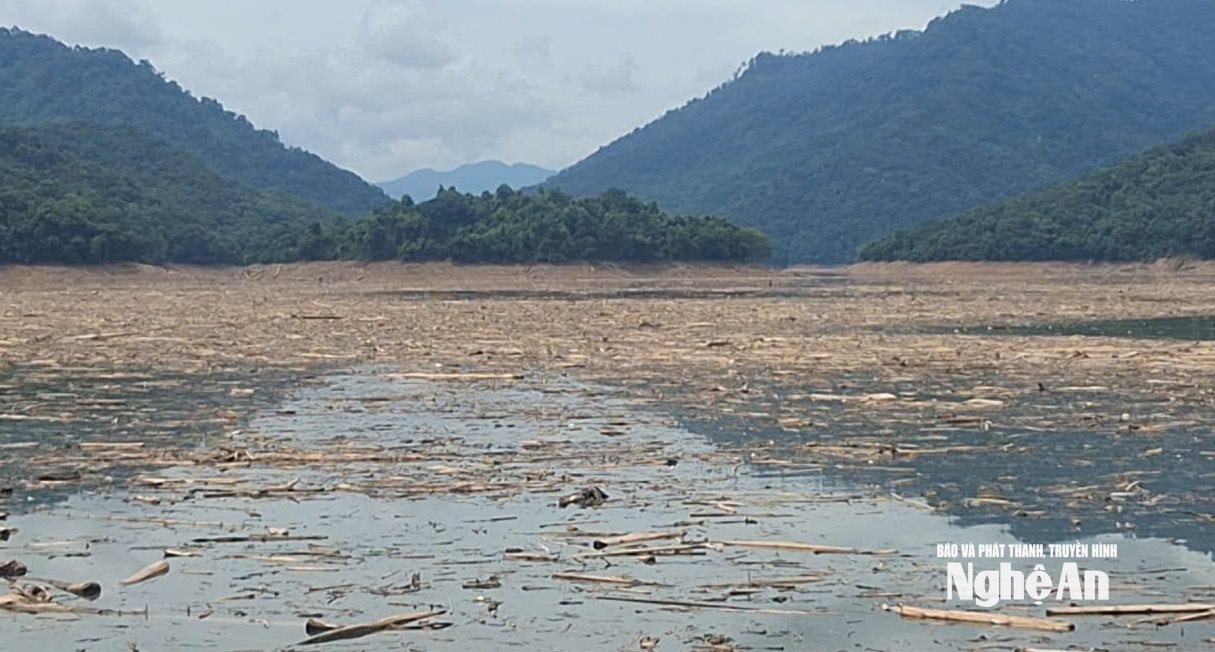
According to engineer Nguyen Van Ngoc - in charge of hydrological work of Ban Ve Hydropower Company, the amount of garbage brought by storm No. 3 was huge, but storms No. 5 and No. 6 continued to add more, making the collection work piled up. "Ban Ve Lake has many streams and bays, especially in Huu Khuong commune, garbage is often blown by the wind, forming large, dense patches, very difficult to access. Currently, we can only temporarily anchor the garbage to the shore, waiting for the weather to stabilize before mobilizing large vehicles to pick it up" - Mr. Ngoc said.
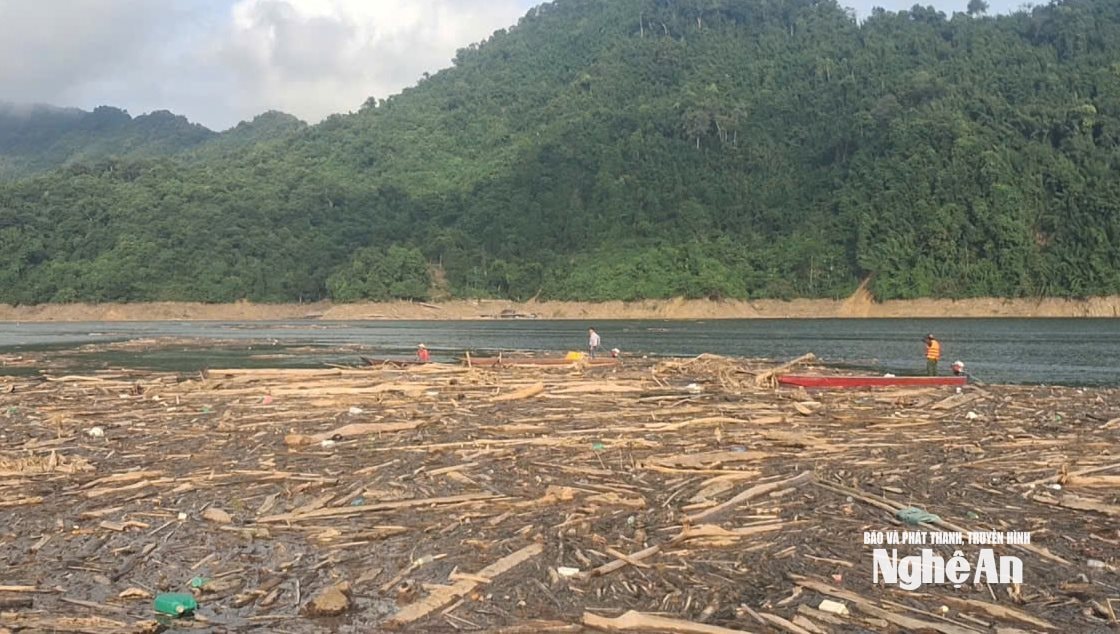
Mr. Ngoc also estimated that the total amount of garbage brought into the lake by the flood was up to tens of thousands of cubic meters. With such a huge volume, although the units deployed to collect it immediately after the storm, the cleanup work could not be completed until the end of this year. This has greatly affected the environmental sanitation of the lake, and at the same time significantly impacted people's lives, especially the livelihoods of people around the lake area.
Hard work cleaning up
To clean up the lake, Ban Ve Hydropower Company is currently working with Nghe An Urban Environment and Construction Joint Stock Company, regularly mobilizing boats, machines and workers to work on the lake. Many shifts last from morning to night, workers have to row small boats to collect trash and drag it to shore. Large blocks of wood have to be lifted up by excavators and cranes.
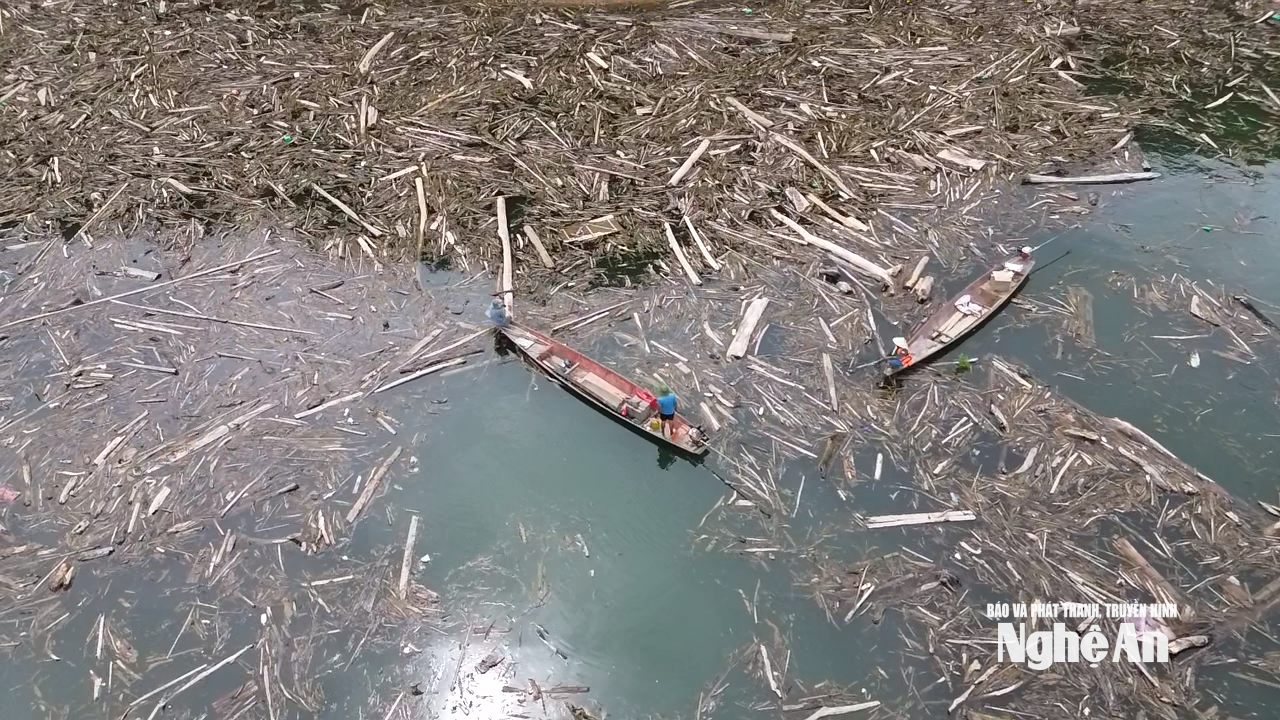
Mr. Hoang Trong Tai - Deputy Director of Nghe An Urban Environment and Construction Joint Stock Company, concurrently Director of Environmental Services Enterprise, said: the amount of garbage dumped after this storm and flood is very large, with all kinds, from rotten wood, bamboo to plastic bags, plastic bottles... If it is rotten wood or tree branches, after being scooped up, it can be used by people as fuel; but with plastic waste, plastic bags, bottles, the unit must handle it according to strict procedures, collect, classify and then transport it to the factory for destruction.
According to Mr. Tai, it is estimated that there are about 40,000 to 50,000 cubic meters of garbage accumulated in the lake, forcing the unit to mobilize 70-80 workers, divided into areas for collection. However, the biggest difficulty at the moment is that the water level is high, a lot of garbage is submerged in deep pools, and there is no surrounding area for collection. Therefore, currently the garbage is only anchored at 3 main points, waiting for the water to recede and there is a new area to be pulled ashore for sorting and processing.
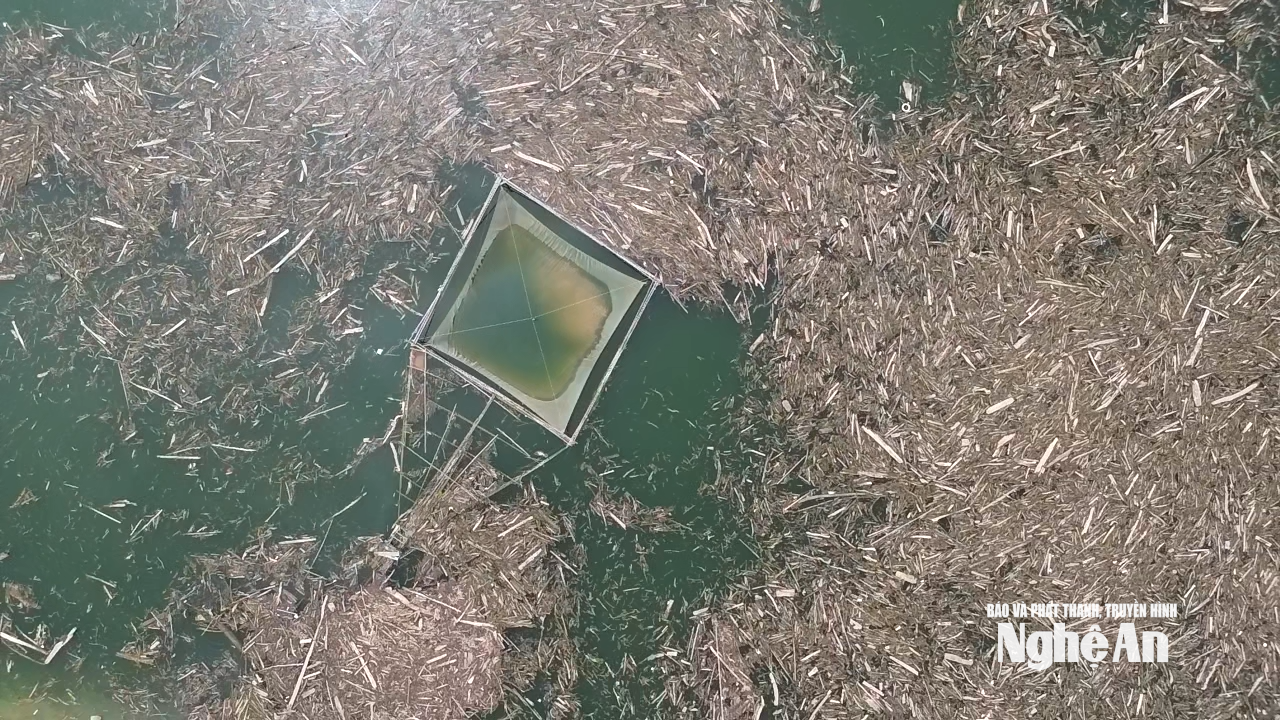
Garbage collection on Ban Ve hydroelectric reservoir is very different from that in rural and urban areas. The lake is large, with many streams flowing into it, causing garbage to drift and scatter everywhere, sometimes gathering into large patches, sometimes washing up in small bays, making it very difficult to access. Environmental workers often have to row small boats into the crevices to collect garbage.
Mr. Tai added: “The most difficult thing is after the flood, the living conditions in the reservoir area are very poor. Food, food and fuel for garbage collection must be supplied from downstream. Along with that, having to transport a large amount of inorganic waste downstream makes the collection and treatment take more time. There are days when we have to work all day in the hot sun, the smell of garbage is strong, clothes are soaked, but we still have to try because if we slow down, the garbage continues to pile up, the volume will be heavier.”
.jpg)
It can be seen that, with the huge amount of garbage drifting to the lake, cleaning up to ensure environmental sanitation is a great effort from the management unit and the collection and treatment unit. This not only ensures the preservation of the landscape but is also directly related to the safety of the hydroelectric project, ensuring water resources and livelihoods of people living along the lake.
Source: https://baonghean.vn/oan-minh-don-rac-long-ho-thuy-dien-ban-ve-sau-nhieu-tran-mua-lu-lien-tiep-10305778.html


![[Photo] General Secretary attends the parade to celebrate the 80th anniversary of the founding of the Korean Workers' Party](https://vphoto.vietnam.vn/thumb/1200x675/vietnam/resource/IMAGE/2025/10/11/1760150039564_vna-potal-tong-bi-thu-du-le-duyet-binh-ky-niem-80-nam-thanh-lap-dang-lao-dong-trieu-tien-8331994-jpg.webp)
![[Photo] Ho Chi Minh City is brilliant with flags and flowers on the eve of the 1st Party Congress, term 2025-2030](https://vphoto.vietnam.vn/thumb/1200x675/vietnam/resource/IMAGE/2025/10/10/1760102923219_ndo_br_thiet-ke-chua-co-ten-43-png.webp)
![[Photo] Opening of the World Cultural Festival in Hanoi](https://vphoto.vietnam.vn/thumb/1200x675/vietnam/resource/IMAGE/2025/10/10/1760113426728_ndo_br_lehoi-khaimac-jpg.webp)







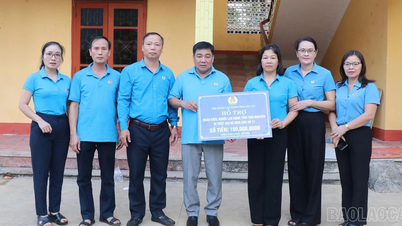

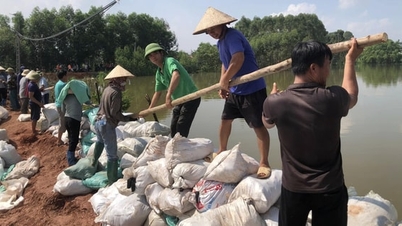









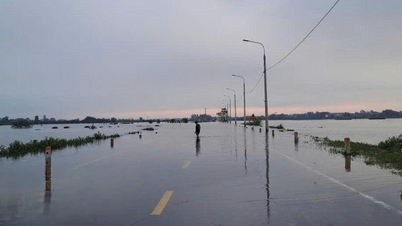


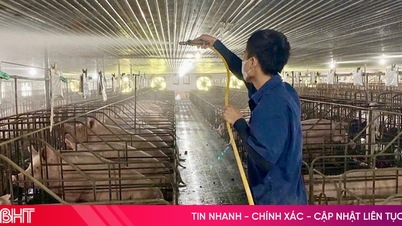

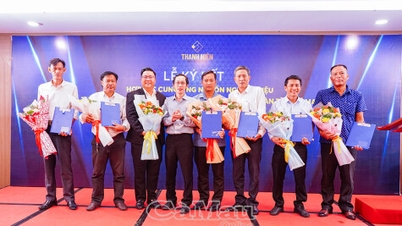


















































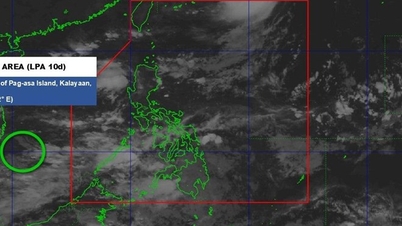











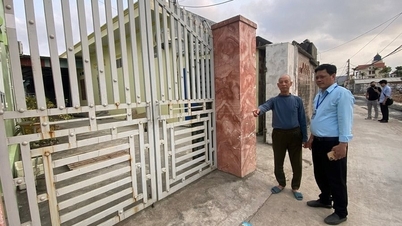




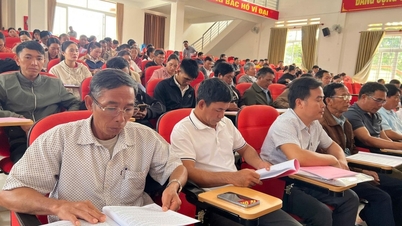














Comment (0)